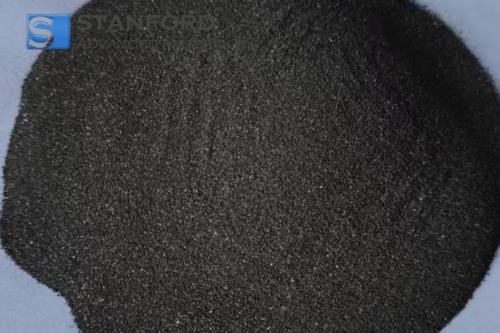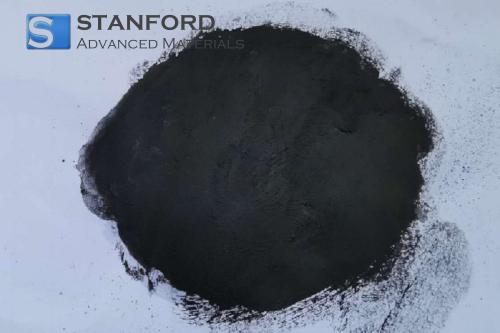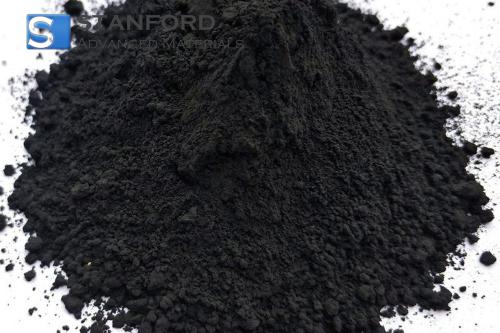Catalysts In Industry: An Overview
Description
Industrial catalysts are substances that accelerate chemical reactions in industrial processes without being consumed by the reaction itself. They are used for product refining, to improve efficiency and to reduce energy consumption.
What are Industrial Catalysts?
Industrial catalysts are substances used to speed up chemical reactions in industrial processes without undergoing permanent changes. Catalysts lower the activation energy required for the reaction. They are employed in various industries, such as petrochemistry, pharmaceuticals and food processing, as they increase reaction speeds and can improve product yields.
Catalysts are generally used to increase production rates during chemical manufacture thereby reducing production time and lowering costs. Unlike reactants, catalysts remain unchanged after the reaction so that they can be reused in subsequent cycles.
How are Industrial Catalysts Manufactured?
Industrial catalysts are manufactured using controlled procedures. The process begins with the selection of a suitable active compound. A support material, such as aluminium oxide or silicon dioxide, is then chosen. The active compound is distributed evenly over the support. In some cases, small amounts of promotors are added. The mixture is subsequently dried and heated at elevated temperatures. This treatment fixes the active substance in place. Consequently, a stable catalyst is produced that functions well in large reactors. Each step is carried out with accuracy and precision.
Components of Industrial Catalysts
The key components of industrial catalysts include:
Active Sites: These are locations on the catalyst’s surface where the reactants interact and a conversion takes place. The density and nature of these sites determine the catalyst’s activity.
Support Material: The support provides a stable structure for the catalyst and increases its surface area. Common materials include Aluminium Oxide, silicon dioxide and zeolites, which also have a role in facilitating the reaction.
Promotors and Inhibitors: Some catalysts contain additional substances, known as promotors, which enhance activity, or inhibitors, which reduce unwanted side reactions.
Metallic Components: In many industrial catalysts, metals such as Platinum, palladium and nickel are critical for the catalytic process. These metals typically serve as the active sites for the reactions.
Further reading: Substrates, Supports and Ligands in Precious Metal Catalysts
Significance of Industrial Catalysts
Industrial catalysts play an important role in both the industrial and energy sectors. They reduce the energy required for chemical processes. This reduction leads to lower costs and enhanced safety. For example, catalysts are used in crude oil refinement to convert long-chain hydrocarbons into fuel. They assist in the production of fertilisers such as ammonia by accelerating the reaction between nitrogen and hydrogen. When applied correctly, industrial catalysts reduce pollutant emissions. They allow processes to operate under milder conditions, thereby reducing equipment wear. Historical data indicates that industries have grown as catalysts have effectively increased reaction rates.
Application of Catalysts in Industry
Catalysts are employed in many areas. In the oil industry, they aid in refining crude oil to produce petrol and diesel. In the chemical industry, they contribute to the manufacture of plastics, synthetic fibres and cleaning agents. Certain catalysts are used in the automotive sector to convert harmful exhaust gases into less harmful emissions. In environmental technology, catalysts are applied in systems designed for industrial waste treatment. In each case, catalysts help to reduce energy consumption and shorten processing times.
Chemical Catalysts Used in Industry
Depending on the industrial process, different types of catalysts are employed. Some commonly used types are:
|
Catalyst Type |
Common Applications |
Materials Used |
|
Homogeneous Catalysts |
Reactions in liquids or gases; used in fine chemistry |
Organic compounds, acids |
|
Heterogeneous Catalysts |
Catalysis in solid-phase reactions, for example in crude oil refining |
Platinum, palladium, nickel |
|
Biocatalysts |
Biotechnological applications, for example fermentation |
Enzymes, proteins |
|
Zeolite Catalysts |
Cracking and isomerisation in the petrochemical industry |
Aluminosilicates |
These catalysts differ in structure and mode of action. They all contribute to improving the efficiency and selectivity of chemical reactions in different industries. Further applications and related products are available at Stanford Advanced Materials (SAM).
Frequently Asked Questions
Q: What is an industrial catalyst?
Q: An industrial catalyst accelerates chemical reactions and is not consumed during the process.
Q: What components make up an industrial catalyst?
Q: It consists of an active material, a support and, in some cases, a promotor.
Q: How are catalysts used in crude oil refining?
Q: Catalysts assist in splitting crude oil into fuels by speeding up chemical reactions.

 Bars
Bars
 Beads & Spheres
Beads & Spheres
 Bolts & Nuts
Bolts & Nuts
 Crucibles
Crucibles
 Discs
Discs
 Fibers & Fabrics
Fibers & Fabrics
 Films
Films
 Flake
Flake
 Foams
Foams
 Foil
Foil
 Granules
Granules
 Honeycombs
Honeycombs
 Ink
Ink
 Laminate
Laminate
 Lumps
Lumps
 Meshes
Meshes
 Metallised Film
Metallised Film
 Plate
Plate
 Powders
Powders
 Rod
Rod
 Sheets
Sheets
 Single Crystals
Single Crystals
 Sputtering Target
Sputtering Target
 Tubes
Tubes
 Washer
Washer
 Wires
Wires
 Converters & Calculators
Converters & Calculators
 Write for Us
Write for Us





 Chin Trento
Chin Trento



